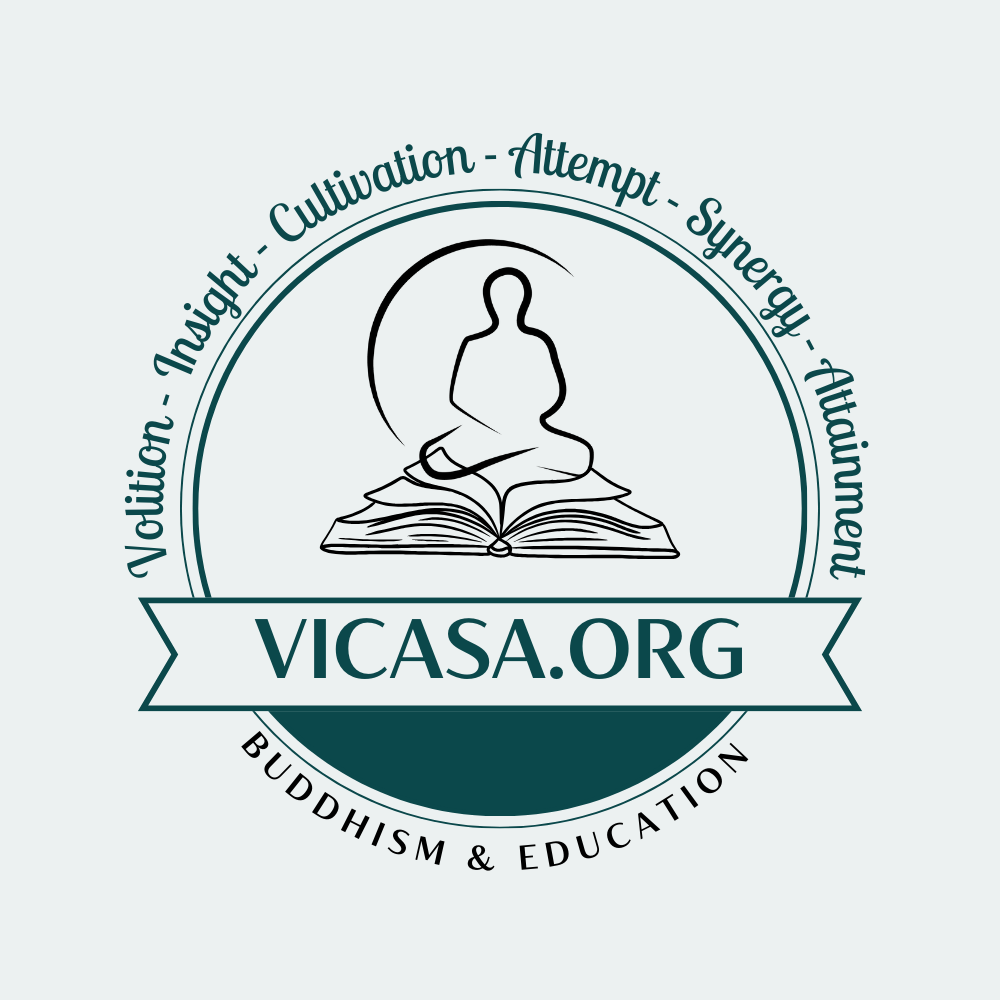Only genuine Buddhism instructed by Gautama Buddha is the path leading to ultimate liberation with the four noble fruits: Stream-enterer, Once-returner, Non-returner, and Arahant. In the Lion's Roar Sutta (Middle Length Discourses, Vol. 1), the Buddha affirmed that apart from Buddhism, no practice can bring about the four fruits of a monk. Conversely, solely the practice that generates the four fruits of a monk is Buddhism.
John Doe
Buddhism is a religion and philosophy founded around 2,500 years ago by Siddhartha Gautama. It is based on the teachings of the Buddha, or “awakened one”, who sought to help people find peace and happiness in their lives. Buddhism focuses on understanding the nature of reality and the self, as well as developing compassion for all beings. It encourages people to practice meditation and mindfulness in order to cultivate wisdom and insight. Buddhism is practiced by millions of people around the world today and has been an important part of many cultures for centuries.
All the Buddha’s teachings during His 45-year dhamma propagation are so-called Buddhist doctrine or Buddhist theory. Buddha’s adherents need to cultivate the theoretical instructions prior to applying them to the practical stage effectively.
The Noble Truths are the cornerstones of Buddhism, and have been a source of inspiration for Buddhists throughout history. They provide insight into the nature of suffering, the cause of suffering, and how to end suffering. In essence, they offer us a path to inner peace and freedom from suffering. The Noble Truths teach us that we must understand our own minds in order to liberate ourselves from the cycle of suffering. By understanding our own thoughts and feelings, we can learn to accept life as it is and find true contentment within ourselves.
The Four Noble Truths were expounded by the Buddha Gautama in his initial sermon known as the Dhammacakkappavattana Sutta. They are a set of instructions found in Buddhism that provide teachings on the path to enlightenment. The Four Noble Truths offer insight into the nature of suffering, its origin, and how to terminate it. By comprehending and practicing these guidances, we can find liberation from suffering and attain ultimate peace and joy.
Sayalay Vijjāñāṇī (Tue Minh)

